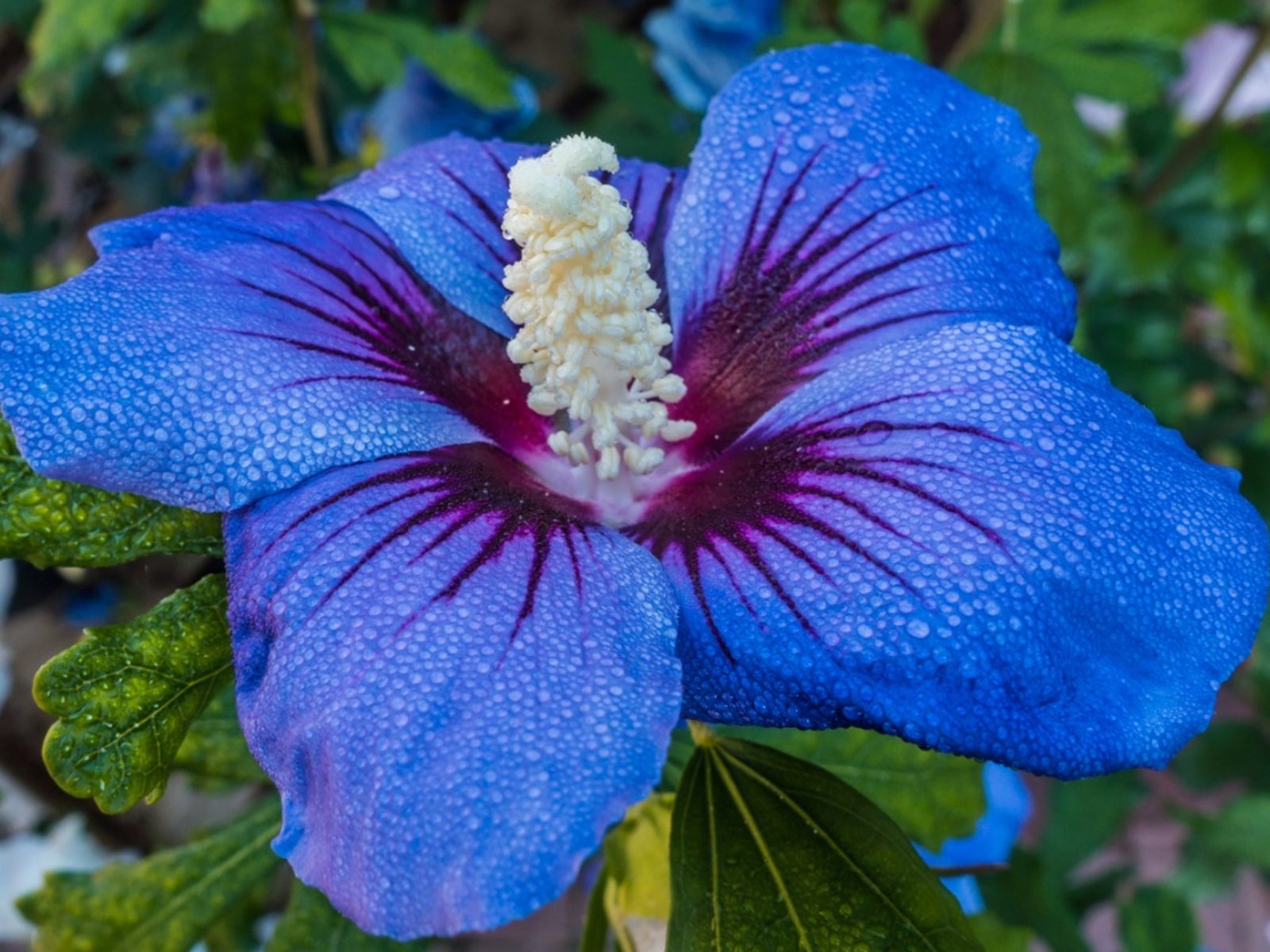Is There A Blue Hibiscus: How To Grow Blue Hibiscus In Gardens


You might be wondering if you've missed something. Is there a blue hibiscus plant that you should have heard about? Actually, blue hibiscus flowers are not really blue (they're more like blue-purple) and are not really hibiscus plants, according to some blue hibiscus flower information. Let's learn more.
Is There a Blue Hibiscus?
Blue hibiscus flowers are related to mallows. Their flowers can be rose, violet, purple or white. Info about blue hibiscus growing in gardens indicates there are no 'true' blue flowers. Botanically, this plant is called Alyogyne huegelii. Another Latin name for blue hibiscus flowers is Hibiscus syriacus, varieties 'Blue Bird' and 'Azurri Satin'. Being of the Hibiscus genus, I would say they are hibiscus, though this latter term defines blue hibiscus in gardens as a Rose of Sharon, a plant that commonly grows and multiplies aggressively in landscapes of the Southeast United States. Further information indicates the plant is hardy is USDA plant hardiness zones 5-8 and is a deciduous, multi-stemmed shrub. In my Zone, 7a, Hibiscus syriacus multiplies to the point of being a nuisance, although the ones with purple flowers are not as common. If you're planting blue hibiscus of either type, begin with limited plantings, as you're likely to have several more shrubs in the next year or two. These are easily transplanted when they're small, but don't wait too long. Blue hibiscus in gardens quickly turn into small trees.
Blue Hibiscus Plant Care
Blue hibiscus plants adapt well to alkaline soil. Even in acidic soil, this shrub/tree does not require a lot of supplemental fertilizer. Add mulch over the root zone to keep the soil cooler in summer and protect roots from winter freezes. Acidic soil can be amended to make it more alkaline, if needed. Blue hibiscus plant care includes regular pruning of older shrubs. A severe pruning in late summer does not deter spring growth and helps them keep an attractive shape. When planting blue hibiscus, keep in mind that even though they're drought tolerant, regular watering and rich soil can produce more blooms. Blue hibiscus in gardens is an attractive, easy care plant you should consider for the sunny garden spot.
Sign up for the Gardening Know How newsletter today and receive a free copy of our e-book "How to Grow Delicious Tomatoes".

Becca Badgett was a regular contributor to Gardening Know How for ten years. Co-author of the book How to Grow an EMERGENCY Garden, Becca specializes in succulent and cactus gardening.